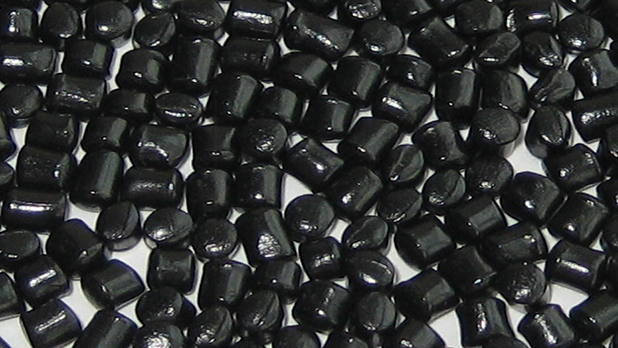
ZeroAvia flew the world’s largest aircraft powered by hydrogen-electric engine on its maiden flight from Cotswold Airport in Gloucestershire UK. This 19 seat Dornier 228 testbed aircraft was powered by two fuel cells stacks and lithium ion battery packs providing peak power support during take off.
The milestone flight marks a major step forward in addressing aviation’s climate change impact and a major innovation success for the UK Government’s Jet Zero Strategy. This is according to Val Miftakhov, Founder and CEO of ZeroAvia, who said: “This is a major moment, not just for ZeroAvia, but for the aviation industry as a whole.” The flight was also welcomed by UK Transport Secretary Grant Shapps, who added: “Today’s flight is a hugely exciting vision of the future – guilt-free flying and a big step forward for zero-emission air travel.”
ZeroAvia’s Hydrogen-Electric Powertrain
ZeroAvia’s hydrogen-electric powertrain comprises two fuel cell stacks, with lithium-ion battery packs providing peak power support during take-off and adding additional redundancy for safe testing. In this testbed configuration, hydrogen tanks and fuel cell power generation systems were housed inside the cabin. In a commercial configuration, external storage would be used and the seats restored.
The twin-engine aircraft was retrofitted to incorporate ZeroAvia’s hydrogen-electric engine on its left wing, which then operated alongside a single Honeywell TPE-331 stock engine on the right. All systems performed as expected.
Progress towards Certification
The flight test campaign is being conducted under a full Part 21 flight permit with the UK CAA, which is a much more stringent set of requirements compared to the E-Conditions framework ZeroAvia used for its 6-seat prototype test flights in the prior years. This signifies the maturity of the company’s processes and design approaches and its readiness to proceed towards full commercial certification of its powerplants.
ZeroAvia will now work towards its certifiable configuration in order to deliver commercial routes using the technology by 2025\. The Dornier 228 will conduct a series of test flights from Kemble and later demonstration flights from other airports.
The Road Ahead
ZeroAvia’s 2-5 MW powertrain programme is already underway and will scale the clean engine technology for up to 90-seat aircraft, with further expansion into narrowbody aircraft demonstrators over the next decade. Almost exactly two years ago, ZeroAvia conducted the first of more than 30 flights of a six-seat Piper Malibu aircraft using a 250kW hydrogen-electric powertrain.
Today’s successful flight test marks an important milestone in sustainable aviation history as ZeroAvia moves closer towards their goal of creating commercial routes using only hydrogen fuel cell power by 2025. This achievement proves that sustainable aviation is no longer just an idea, but something that is quickly becoming reality.








